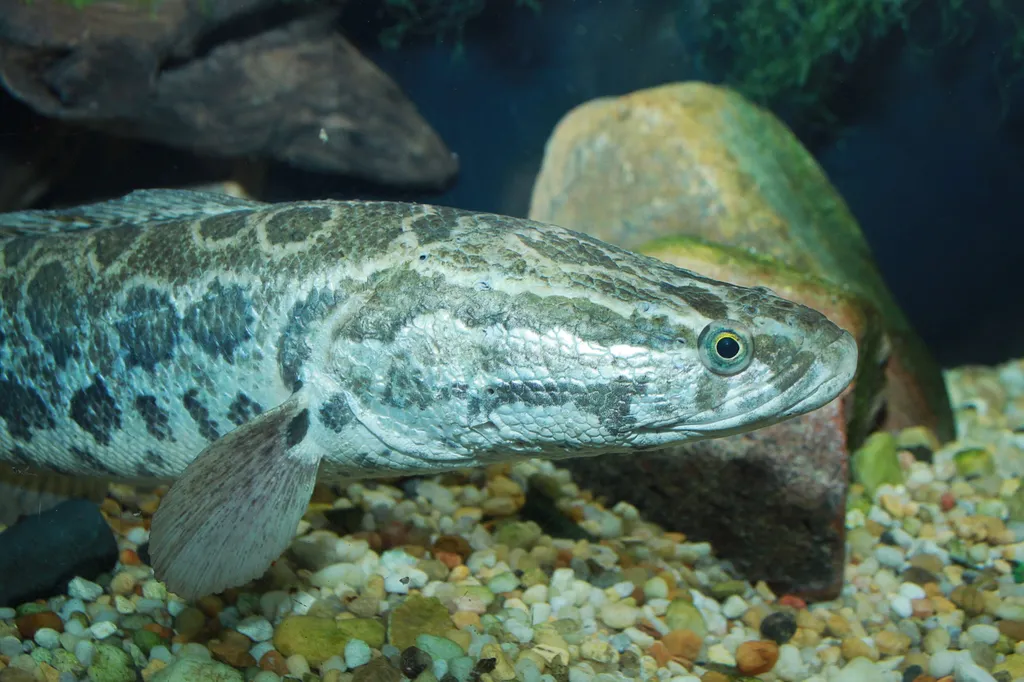In the world of aquaculture, disease management is a constant challenge, and understanding the immune mechanisms of fish is crucial for developing effective strategies. A recent study published in the journal *Comparative Immunology Reports* (translated from Chinese as “Comparative Immunology Reports”) sheds light on the immune defenses of the snakehead fish (Channa argus), an economically important species in aquaculture. The research, led by Zhen Yu Zhou from the School of Marine Science and Engineering at Qingdao Agricultural University and the Laboratory for Marine Biology and Biotechnology at Qingdao National Laboratory for Marine Science and Technology, focuses on peptidoglycan recognition proteins (PGRPs), which play a pivotal role in antibacterial immunity.
PGRPs are pattern recognition receptors that are highly conserved across both vertebrates and invertebrates. They are essential for recognizing and responding to bacterial infections. In this study, Zhou and his team identified three types of PGRP genes in the snakehead fish: two long-type PGRPs (CaPGRP-L1 and CaPGRP-L2) and one short-type PGRP (CaPGRP-S). These proteins contain a conserved Zn²⁺-binding site, which is crucial for their amidase activity—a key function in breaking down bacterial cell walls.
The researchers found that these PGRPs are expressed in various tissues, with high levels detected in the liver, intestine, and gill. “The distinct expression patterns suggest that these PGRPs may have specialized roles in different tissues, contributing to the overall immune response of the fish,” Zhou explained. Functional assays demonstrated that recombinant CaPGRP-L1, -L2, and -S could bind to peptidoglycan (PGN), display Zn²⁺-dependent amidase activity, and inhibit the growth of Aeromonas hydrophila, a common bacterial pathogen in aquaculture.
One of the most intriguing findings was the involvement of snakehead PGRPs in the NF-κB signaling pathway. The researchers observed that the three PGRPs activated the NF-κB promoter reporter plasmid in a dose-dependent manner. Additionally, NF-κB subunits c-Rel and p65 upregulated the transcriptional activity of the CaPGRP-L1, -L2, and -S luciferase promoters. “This suggests that snakehead PGRPs are not only involved in direct antibacterial activities but also play a role in modulating the immune response through the NF-κB signaling pathway,” Zhou noted.
The implications of this research are significant for the aquaculture industry. Understanding the immune mechanisms of snakehead fish can lead to the development of more effective disease prevention and control strategies. “By harnessing the natural immune defenses of these fish, we can potentially reduce the reliance on antibiotics and other chemical treatments, which can have detrimental effects on both the environment and the fish themselves,” Zhou said.
This study not only deepens our understanding of innate immune mechanisms in fish but also provides a theoretical foundation for the application of snakehead PGRPs in preventing and controlling diseases in aquaculture. As the global demand for seafood continues to rise, the need for sustainable and efficient aquaculture practices becomes increasingly important. Research like this is a step towards achieving that goal, offering hope for a healthier and more productive future for the aquaculture industry.

